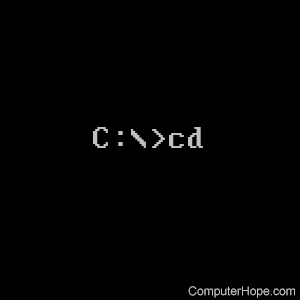


When form fillin interfaces first appeared, the whole interface was form-based, unlike much of today's software that mix forms with other interaction styles. The form fillin interaction style (also called "fill in the blanks") was aimed at a different set of users than command language, namely non-experts users. Error messages and assistance are hard to provide because of the diversity of possibilities plus the complexity of mapping from tasks to interface concepts and syntax.Retention of commands is generally very poor.Is suitable for interacting with networked computers even with low bandwidth.Supports creation of user-defined "scripts" or macros.Some of the following points are adapted from Shneiderman (1997) and Preece et al. 26.1.1 Advantages and disadvantages of Command Language The learnability of command languages is generally very poor. This task is not made easier by the fact that many commands (like the 'ls' command in the above example) are abbreviated in order to minimize the number of necessary keystrokes when typing commands. Commands as well as their many parameterised options have to be learned by heart and the user is given no help in this task of retrieving command names from memory. The command "ls- al" has just been executed ('ls' stands for 'list' and the parameters '-al' specify that the list command should display a detailed list of files).Ĭommand language places a considerable cognitive burden on the user in that the interaction style relies on recall as opposed to recognition memory. The following screen dump shows a command prompt - in this case, the user has logged on to a (mail) server and can use the server's functions by typing in commands.Ĭlick to enlarge. These "Command prompts" are used by (usually) expert users who type in commands and possibly some parameters that will affect the way the command is executed. 26.1 Command language (or command entry)Ĭommand language is the earliest form of interaction style and is still being used, though mainly on Linux/Unix operating systems. (1994), the types of interaction styles mentioned are usually command language, form fillin, menu selection, and direct manipulation. In HCI textbooks, such as Shneiderman (1997) and Preece et al. For example, you can talk about menu selection (defined below) in mobile phones. These concepts do however retain some of their descriptive powers outside the computer medium. The concept belongs in the realm of HCI or at least have its roots in the computer medium, usually in the form of a workstation or a desktop computer. The concept of Interaction Styles refers to all the ways the user can communicate or otherwise interact with the computer system.


 0 kommentar(er)
0 kommentar(er)
